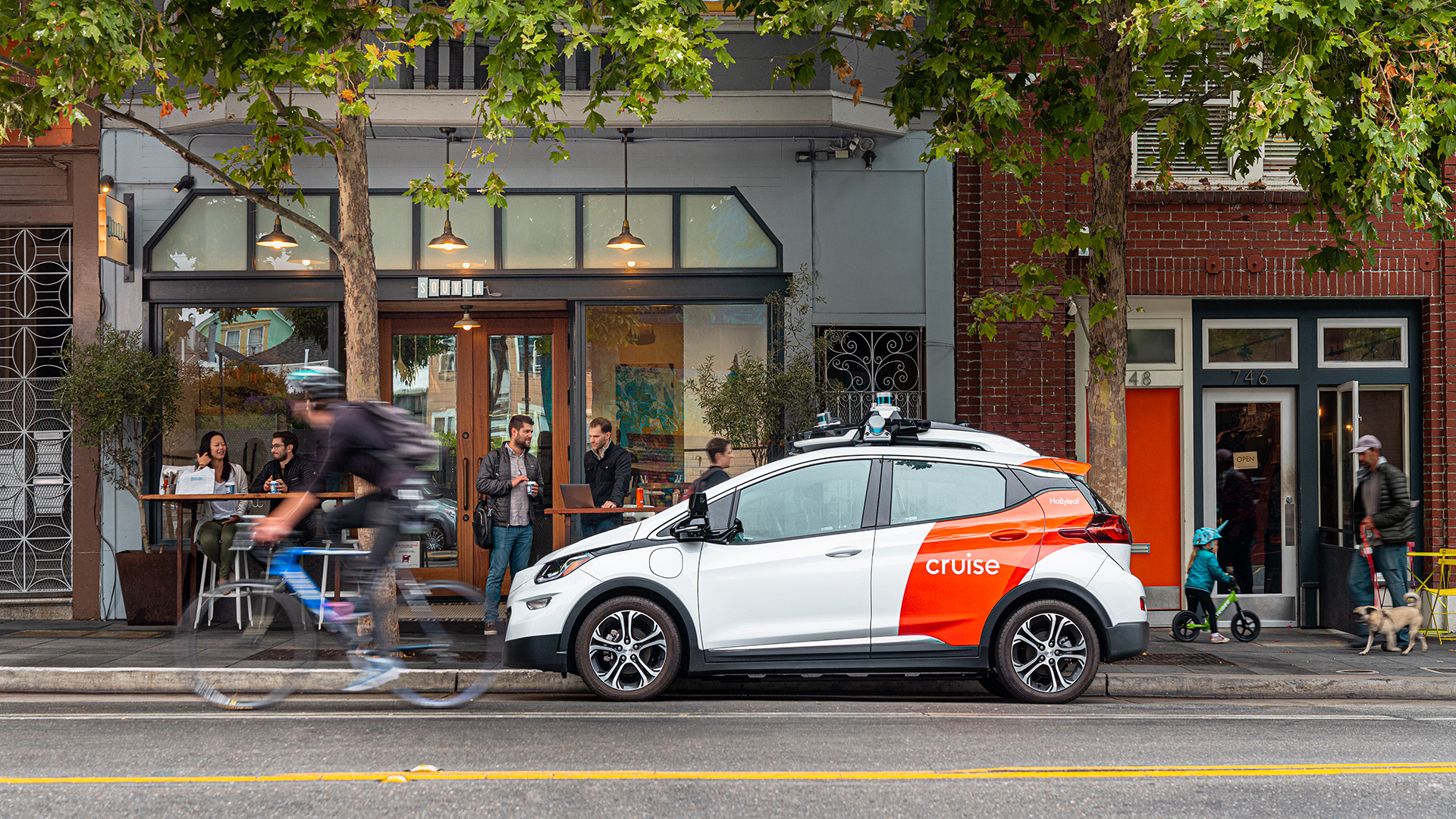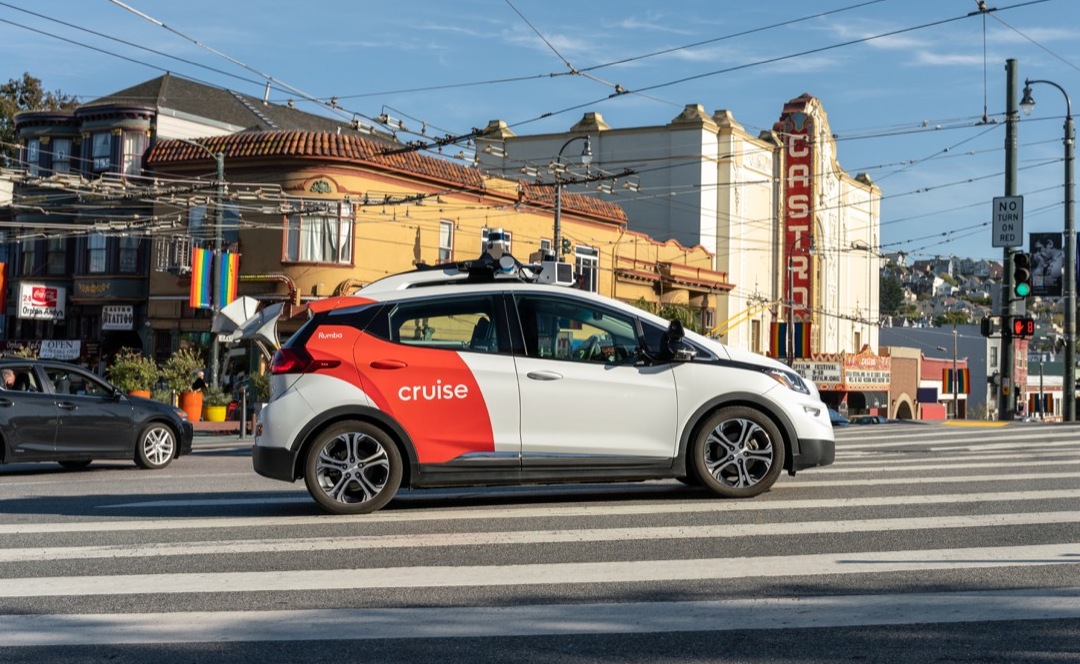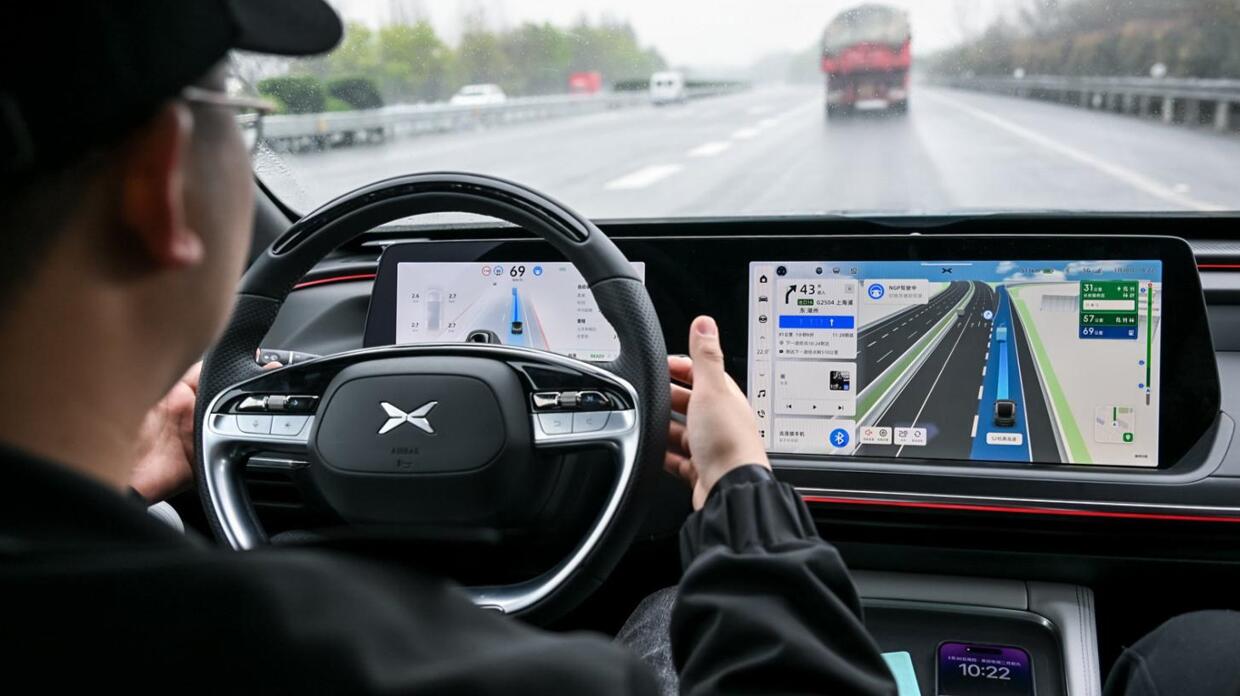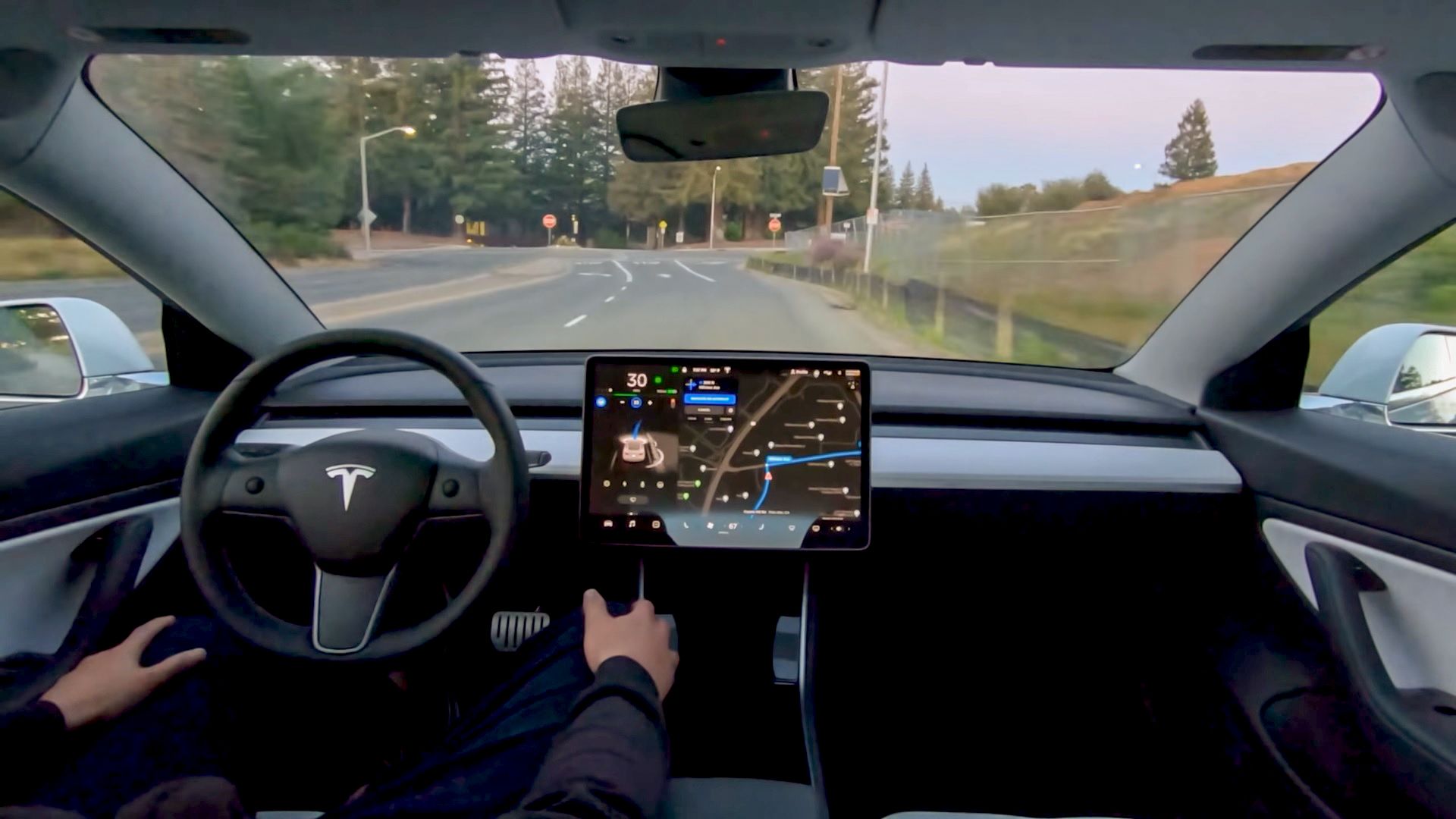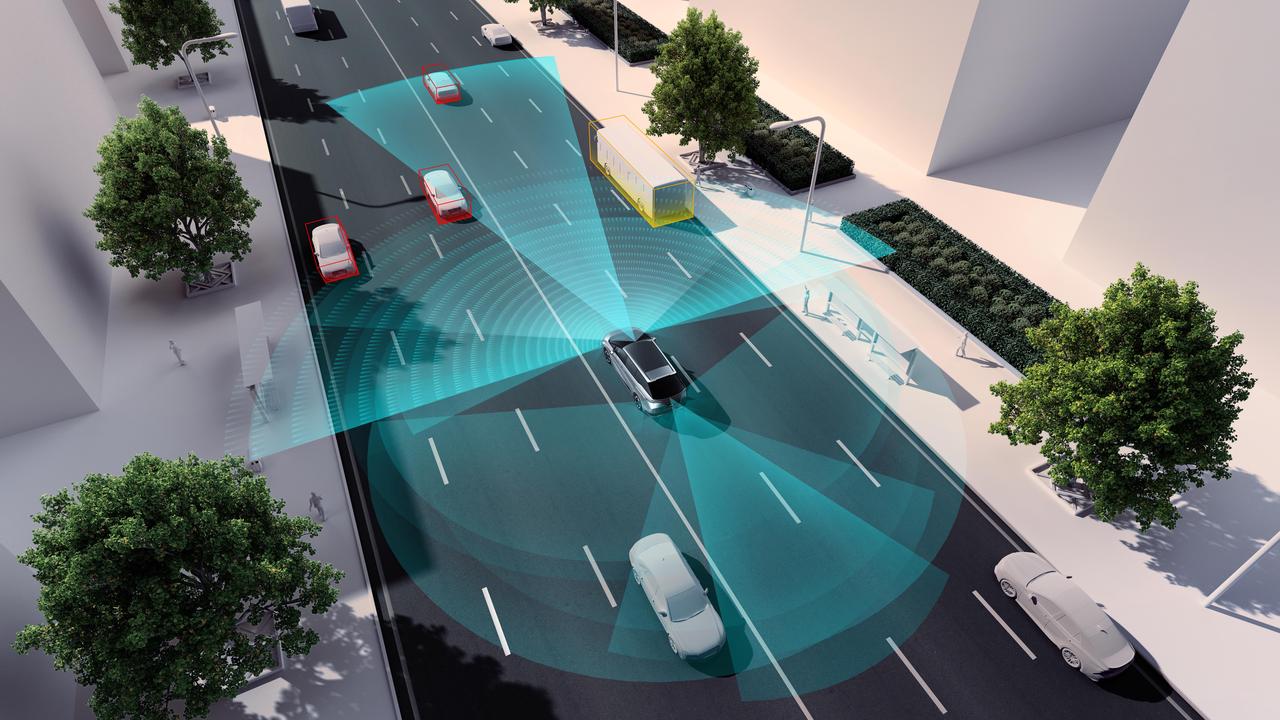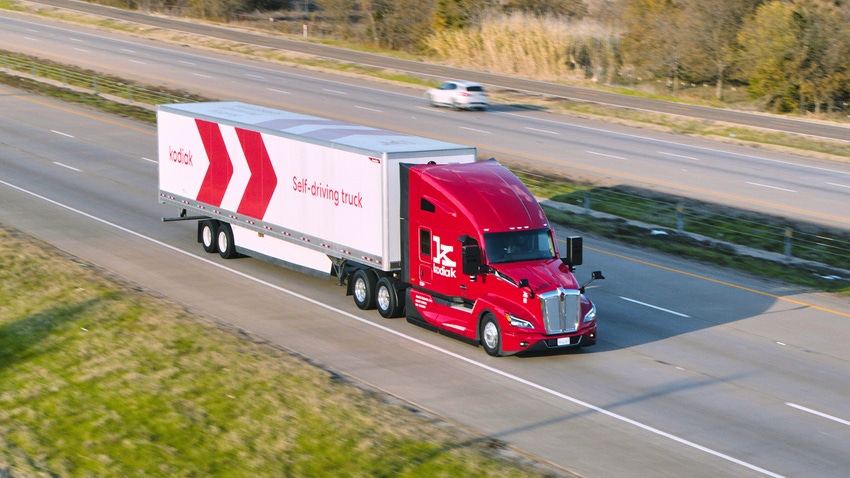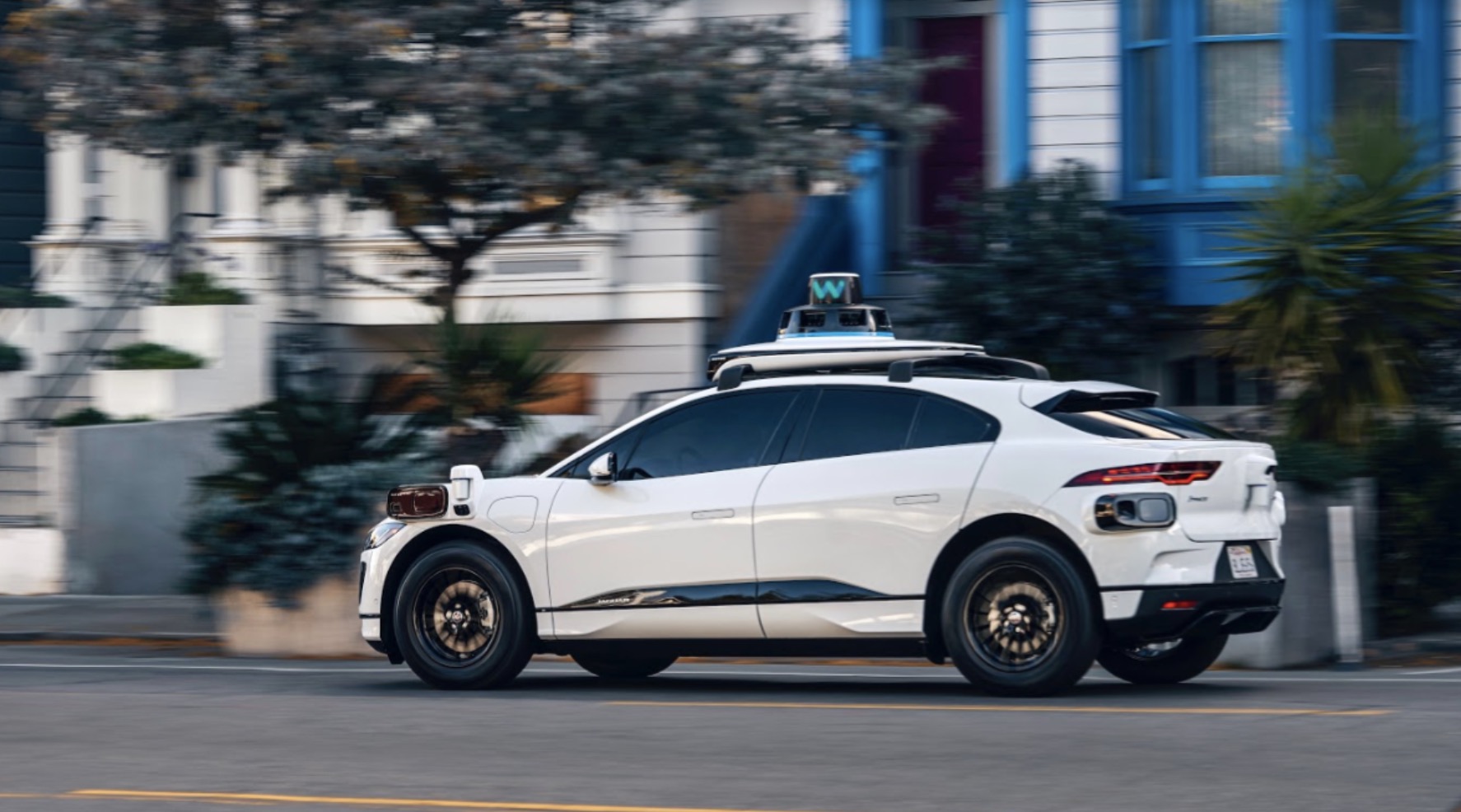General Motors’ autonomous vehicle subsidiary, Cruise, is set to reduce its workforce by 24%, amounting to 900 employees, as part of a strategic restructuring initiative prompted by recent challenges. The decision comes after Cruise suspended all U.S. testing following a critical accident in October, leading to the resignation of its CEO and co-founder.
The workforce reduction primarily targets commercial operations and related corporate functions, reflecting Cruise’s shift in focus towards a more deliberate go-to-market strategy. The company also terminated contracts with some contingent workers supporting its driverless operations.
See also: General Motors Adjusts Cruise Budget Following Robotaxi Safety Incident
The restructuring follows an October 2 incident in which a pedestrian, hit by another vehicle, was thrown into the path of a self-driving Cruise vehicle, resulting in the suspension of testing permits and a subsequent halt in U.S. testing operations. In response to the incident, Cruise fired nine executives, including the chief operating officer and chief legal and policy officer, as part of an external investigation.

Cruise’s parent company, General Motors, aims to cut costs at the money-losing robotaxi unit, which reported losses exceeding $700 million in the third quarter and more than $8 billion since 2016.
See also: Cruise Temporarily Halts Origin Van Production Amidst Operational Restructuring
“GM supports the difficult employment decisions made by Cruise as it reflects their more deliberate path forward, with safety as the north star,” stated a GM spokesman.
In November, Cruise announced plans to re-launch in an unspecified city before expanding, scaling back its previous ambitions for widespread deployment of fully autonomous taxi rides.
The autonomous vehicle industry’s success relies on public trust and regulatory cooperation. Following the October incident, the California Department of Motor Vehicles ordered Cruise to remove its driverless cars from state roads, citing public safety concerns. The National Highway Traffic Safety Administration (NHTSA) also initiated an investigation into pedestrian risks at Cruise.
See also: Cruise Set to Resume Operations Amid Safety Reevaluation
Cruise faces potential fines and sanctions, with the California agency suggesting penalties of $1.5 million for failure to disclose accident details. Mo Elshenawy, Cruise’s president since last month, acknowledged the challenging circumstances, describing the autonomous vehicle unit as being at an “all-time low” in a recent all-hands meeting.
